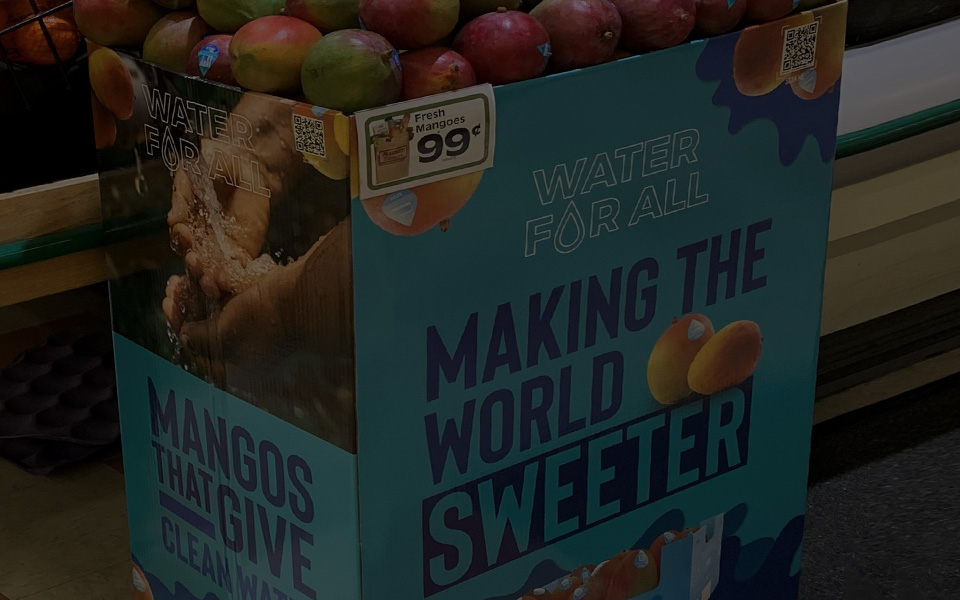I recently presented an E360 webinar that discussed “The Risks and Rewards of Connecting Commercial Kitchens;” this blog is a commentary on aspects of that discussion. Click here to view this session.

According to the Gartner Hype Cycle, the concept of the Internet of Things (IoT) is one that’s full of promise and currently resides in their “peak of inflated expectations” stage. By their estimations, there will be 20 billion connected devices by 2020, and IoT will achieve mainstream adoption nationwide within 5–10 years. Today, however, only 26 percent of U.S. companies are successful with their IoT initiatives; 60 percent believe that while IoT looks good on paper, implementing it is more complex than expected.
In a recent E360 webinar titled, The Risks and Rewards of Connecting Commercial Kitchens, I explored the current state of IoT in the foodservice sector from both equipment manufacturer and end user perspectives. While many companies are participating in field trials to test the potential business applications of IoT, the majority of these efforts are taking place without a defined strategy or comprehensive understanding of how IoT may fundamentally change their respective business.
From my experience, I’ve found that this lack of direction is the culprit behind most unsuccessful IoT initiatives. Remedying this problem is often as easy as answering a simple question: “What problem are we trying to solve?” Selecting a relevant problem that’s negatively impacting the business or its key stakeholders is a logical start.
But seeking data without regard to what value it can bring is a problem shared by many early IoT efforts. While it’s tempting to let the availability of the technology completely dictate the solution, the result is what I refer to as “the internet of broken things.” So how do we avoid these pitfalls?
In the webinar, I discussed what constitutes a successful IoT strategy and introduced an approach that Emerson refers to as “smart systems.” Smart systems consider the interdependence and relationships between all aspects of a connected offering that includes technology while also factoring in user experiences, business models and the specific markets we’re serving. For example, in foodservice, we often reference the concept of a connected kitchen. Taking a smart system approach to a connected kitchen means understanding various factors:
-
- How end users and operators interact and interface with the connected equipment
- The decentralization of brand control with respect to how operators may interact with equipment, which can complicate data collection
- The relationship between manufacturer and end user, including the potential for commercializing a service model
- Manufacturer visibility into equipment performance to allow for continuous design improvements
You can see that even before entering into a discussion of specific technologies, IoT represents a significant transformation in the way foodservice operators conduct business. For manufacturers, it’s an opportunity to gain tremendous insights into their products. But until IoT addresses the most critical problems in the foodservice sector, the opportunities for widespread adoption will be limited. Emerson not only has the technologies to implement connected kitchen solutions, we have a deep understanding of what manufacturers and end users need to create successful IoT programs.

Six Ways to Reduce Food Waste by Tracking the Supply Chain
*Emerson’s Climate Technologies business is now a new standalone company: Copeland. Over the next...

Protect Valuable Shipments in High-Crime Areas
*Emerson’s Climate Technologies business is now a new standalone company: Copeland. Over the next...

Real-time Tracking Protects Valuable Mango Cargo
*Emerson’s Climate Technologies business is now a new standalone company: Copeland. Over the next...
